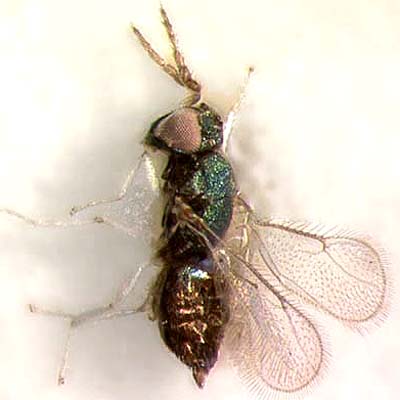 |
|||||||||||||||||||||||||||||||||||||||||||||||||||||||||||||||||||||||||||||||||||||||||||||||
|
|
Home | Open the Key | References | ||||||||||||||||||||||||||||||||||||||||||||||||||||||||||||||||||||||||||||||||||||||||||||
|
Asecodes Förster, 1856 |
|||||||||||||||||||||||||||||||||||||||||||||||||||||||||||||||||||||||||||||||||||||||||||||||
|
|||||||||||||||||||||||||||||||||||||||||||||||||||||||||||||||||||||||||||||||||||||||||||||||
Classification
|
|||||||||||||||||||||||||||||||||||||||||||||||||||||||||||||||||||||||||||||||||||||||||||||||
Subfamily Tribe |
Entedonini |
||||||||||||||||||||||||||||||||||||||||||||||||||||||||||||||||||||||||||||||||||||||||||||||
Diagnosis
|
|||||||||||||||||||||||||||||||||||||||||||||||||||||||||||||||||||||||||||||||||||||||||||||||
|
|
||||||||||||||||||||||||||||||||||||||||||||||||||||||||||||||||||||||||||||||||||||||||||||||
| |
|||||||||||||||||||||||||||||||||||||||||||||||||||||||||||||||||||||||||||||||||||||||||||||||
Distribution |
|||||||||||||||||||||||||||||||||||||||||||||||||||||||||||||||||||||||||||||||||||||||||||||||
|
Asecodes is a small genus (less than 20 species) cosmopolitan in distribution (Noyes, 2003). |
|||||||||||||||||||||||||||||||||||||||||||||||||||||||||||||||||||||||||||||||||||||||||||||||
| |
|||||||||||||||||||||||||||||||||||||||||||||||||||||||||||||||||||||||||||||||||||||||||||||||
Biology |
|||||||||||||||||||||||||||||||||||||||||||||||||||||||||||||||||||||||||||||||||||||||||||||||
|
Asecodes delucchii (Boucek), A. erxias (Walker) and at least another species undescribed are known as occasional parasitoids of Lepidoptera and Diptera leafminers in the Oriental and Holarctic Regions (Noyes, 2001). Asecodes species are also eggs parasites and larval endoparasitoids of Coleoptera Chrysomelidae and Galerucinae, and Diptera Tephritidae, and secondary parasitoids of Hymenoptera Tenthredinidae and Eulophidae (Schauff, 1991; Noyes, 2001). |
|||||||||||||||||||||||||||||||||||||||||||||||||||||||||||||||||||||||||||||||||||||||||||||||
| |
|||||||||||||||||||||||||||||||||||||||||||||||||||||||||||||||||||||||||||||||||||||||||||||||
| |
|||||||||||||||||||||||||||||||||||||||||||||||||||||||||||||||||||||||||||||||||||||||||||||||
Comments |
|||||||||||||||||||||||||||||||||||||||||||||||||||||||||||||||||||||||||||||||||||||||||||||||
|
Asecodes belongs to the subfamily
Entedoninae by having 2 setae on submarginal vein, scutellum with
a pair of setae, fronto-facial suture distinctly separated from
anterior ocellus and male scape with sensory pores placed at the
ventral edge.
Hansson (1996) synonymized Ionympha Graham and Teleopterus Silvestri with Asecodes. Before this paper, Asecodes was separated from Teleopterus because Teleopterus had 2-3 lines of setae radiating from the stigmal vein, and these lines are lacking in Asecodes. The recognition of Asecodes species which have the lines of setae radiating from the stigmal vein is quite simple; however, recognising the species which lack these lines can be much more difficult. This is particularly true in separating them from some of their close relatives such as Neochrysocharis and Closterocerus. Fortunately, all the species of Asecodes which have been reared from leafminers have the 2-3 rows of setae (e.g. would have previously been placed in Teleopterus). Further discussion of how to separate Asecodes from closely related genera can be found in Hansson (1990; 1996), Boucek (1988, as both Teleopterus and Asecodes), Schauff (1991, as both Teleopterus and Asecodes). Further study will be required to gain a complete understanding of relationships in these groups. A useful key to distinguish some Asecodes (as Teleopterus) is provided by Hansson (1994b). |
|||||||||||||||||||||||||||||||||||||||||||||||||||||||||||||||||||||||||||||||||||||||||||||||

